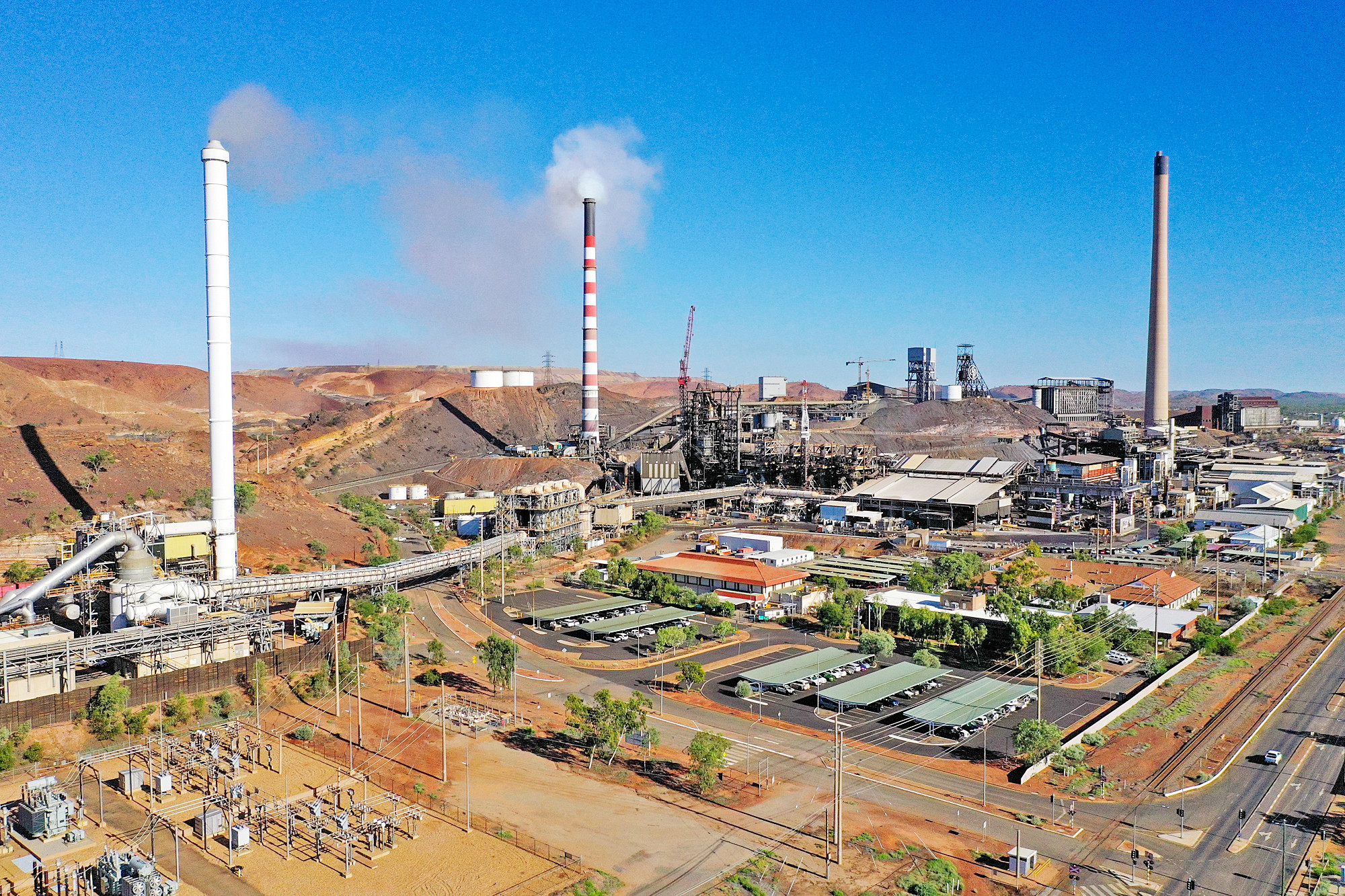General News
9 April, 2025
SAVE OUR SMELTER: Glencore issues SOS to government
The mining giant says it will close the smelter next year without support from the state or federal government.

Glencore is seeking state and federal government funding to keep the Mount Isa copper smelter operating next year.
The smelter provides more than 1000 direct and indirect jobs, from the copper mines in the North West, to Incitec Pivot’s sulphuric acid plant at Phosphate Hill, to the Mount Isa rail line, and all the way to the coast in the refinery and the Port of Townsville.
Glencore zinc assets chief operating officer Sam Strohmayr said increased international competition and declining access to local concentrate meant the company was now weighing up whether to proceed with a planned re-bricking in 2026.
The mining giant had previously indicated that a decision on the future of the smelter would not be made until 2030.
Mr Strohmayr singled out energy cost relief and hastening regulatory approvals, such as for the planned Black Star Open Cut project, as areas of concern for the company.
“The economic conditions are pretty tough,” he said.
“We have big investment decisions we need to make at the end of this year, and you can imagine that any private business, if you’ve got a big capital investment and an outlook that sees the asset as being uneconomic, then that’s a pretty difficult decision to get anyone to agree with.
“We believe the resources sector in Mount Isa and the North West is just as important as steel making in South Australia or the aluminium industry in New South Wales, so there are lots of mechanisms government has at their disposal to provide support for the region.”
Speaking to North West Weekly, Minister for Natural Resources and Mines Dale Last indicated that Glencore could expect to see help from the state and federal governments.
“There are a number of parts to this that are all inextricably linked,” Mr Last said.
“You look at the copper mine in Mount Isa, you look at the operation of Incitec Pivot (Phosphate Hill), you then look at the copper refinery in Townsville ... they are all linked.
“They are all dependent on that smelter and that is a critical element in this equation going forward. If we’re to find a solution for Mount Isa and the broader North West Minerals Province, then that smelter is a key part of that.
“As a consequence, we’re doing a lot of work at the moment with Glencore to ensure the smelter remains operational.
“That will give them confidence in the broader industry to open up and develop other copper mines in that area.”
A rapid increase in global copper smelting capacity last year saw operations at Mount Isa competing for a finite amount of available feed, which has caused treatment and refining charges to collapse to their lowest level in 25 years.
Smelter operations around the globe, especially in China and Indonesia, have already received significant subsidies from the government in response.
However, Glencore has argued that Australian resource businesses continue to pay double the energy costs of other nations, as well as higher labour costs.
It comes at the time when the Mount Isa smelter is falling short of its 900,000 tonne annual processing capacity and is set to lose a further 40 per cent of its concentrate feed when Mount Isa Copper Operations cease in July.
Mr Strohmayr admitted the company was struggling to find new sources of feed to make up for the increasing shortfalls.
“In the current environment, it is really tough to source concentrate and we are working daily to try to bridge that gap,” he said.
“We are also very deeply working on how we can continue to operate the smelter economically and efficiently with slightly lower tonnage. We think the copper smelter and the refinery in Townsville are strategic assets – not only for North Queensland but for the whole of Australia. But ultimately, as a private company, we need to run businesses that are economic in the long term.”
Mount Isa mayor Peta MacRae said the city could not afford to lose the copper smelter.
“I can’t overestimate the importance of the smelter to Mount Isa,” she said.
“It is the lynchpin of our region and our economy. The future of copper in Australia is coming out of the smaller mines in the North West and the only way they will survive is if we enable infrastructure to support them.
“Our modelling says the closure of MICO is bad, but the smelter is far worse.”
A spokesperson for Incitec Pivot said it was closely monitoring the smelter situation.
“Incitec Pivot Fertiliser’s Phosphate Hill operations are interdependent with Glencore’s smelter operations and support a broad value chain including logistics on the Mount Isa to Townsville rail line through to Townsville port infrastructure,” they said.
“Gas supply, other inputs, co-dependence on Glencore’s smelter operation are all factors being considered as part of the strategic review, which is currently underway at Phosphate Hill, targeted for completion by September.”